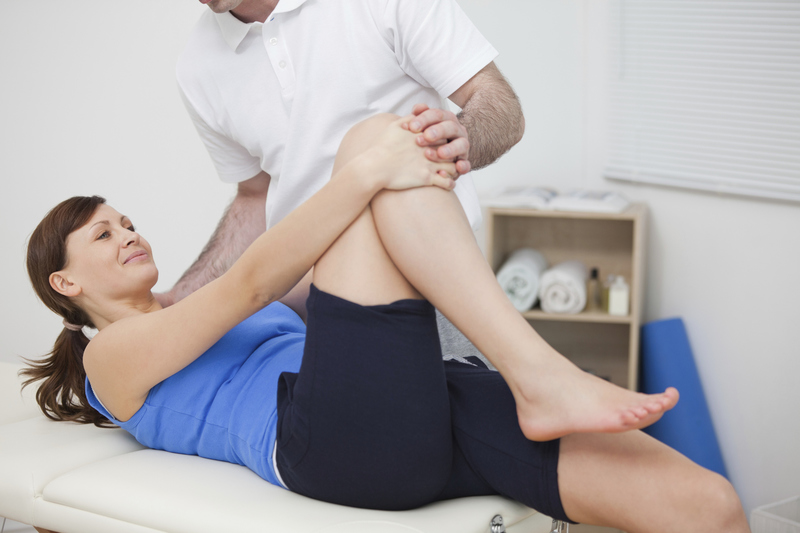
Optimizing Hip Rehabilitation with Computer Simulation
Muscular weakness is a common consequence of chronic conditions and acute injuries requiring orthopaedic care. And in some cases, tendinitis occurs in muscles that are called upon to compensate for weakness in other muscles. This is no different for the hip. In particular, weakness of the gluteus medius muscle and iliopsoas tendinitis are common following hip injury. The gluteus medius acts to extend the hip, similar to the gluteus maximus muscles, but, more importantly, it also is the major muscle for abducting the hip – in other words, moving your leg away from the side of your body. During walking, this muscle is important for maintaining the proper tilt of the pelvis relative to the leg. The iliopsoas, on the other hand, acts to flex the hip, such as in a marching motion. In rehabilitation following hip injury or repair, abducting the leg while standing can help strengthen the gluteus medius muscle. The challenge is to design the exercise so that large loads are not placed on the hip joint and on the iliopsoas muscle.
We undertook a study to examine whether sliding the heel against a wall during the exercise would reduce force in the iliopsoas muscle and not increase load in the injured or repaired hip joint. The idea is that wall sliding will induce patients to contract their hip extension muscles (gluteus muscles and hamstrings) and relax their hip flexor muscles (iliopsoas). For this study, we used a musculoskeletal computer model of the body. Computer models are excellent tools for asking “what if” types of questions and investigating ideas before more costly experiments are designed. The computer model contains all of the major and minor muscles spanning the hip joint. In the analysis, muscle and joint loads were calculated for two conditions: (1) leg abduction alone, and (2) leg abduction with the heel in light contact with a wall.
The results of the computer simulation revealed that sliding the heel against a wall had the desired effect, that the iliopsoas muscle force dropped to a level found during quiet standing. In fact, the wall sliding generated higher gluteus medius forces, which may help the strengthening effect of the exercise. These benefits were achieved without increasing load at the hip joint. Total joint load during abduction with and without wall sliding was about the same and only slightly higher than quiet standing.
In conclusion, it seems that wall sliding is a good idea when using leg abduction to strengthen the gluteus medius and rehabilitate the hip. Wall sliding reduces force in the tendinitis prone iliopsoas muscle while keeping joint loads about the same as normal abduction and quiet standing.

